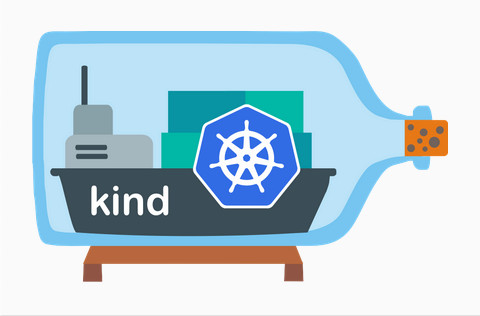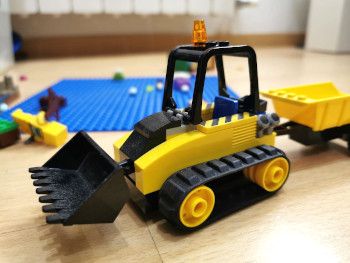-
Kubernetes: Creating a Static Pod
3 min read

Static pods are managed directly by the kubelet without relying on the Kubernetes API server. Unlike regular pods, static pods are defined as manifest files placed in a specific directory on the node.
Since static pods are bound to a specific node, they are suffixed with the node hostname in the pod name. In this post, we will create a static pod in a kind cluster by mounting a directory from the host to the kubelet's static pod directory.
24/02/2025
Read more... -
Kubernetes: Pod Security
4 min read

Security is one of the key concerns when running workloads on Kubernetes. To help teams safeguard their cluster environments, Kubernetes offers Pod Security Standards (PSS). These standards define how to enforce security controls for your pod workloads.
02/09/2024
Read more... -
Kubernetes: Tunneling through a Pod with socat
2 min read

When you need to connect to some service as if you were in the same network as the Kubernetes cluster, you can use a Pod with socat to create a tunnel to the service.
28/08/2024
Read more... -
Kubernetes: Configuring Topology Spread Constraints to tune Pod scheduling
2 min read

Ensuring high availability and fault tolerance in a Kubernetes cluster is a complex task: One important feature that allows us to addresses this challenge is Topology Spread Constraints.
10/07/2023
Read more... -
Set the default container for kubectl
2 min read

One of the many improvements we get in Kubernetes 1.27 is the ability to set what's the default container:
apiVersion: v1 kind: Pod metadata: name: multi-container-pod spec: containers: - image: alpine:latest name: one command: - sh - -c - 'while true; do echo one; sleep 1m; done' - image: alpine:latest name: two command: - sh - -c - 'while true; do echo two; sleep 2m; done' - image: alpine:latest name: three command: - sh - -c - 'while true; do echo tree; sleep 3m; done'01/06/2023
Read more...